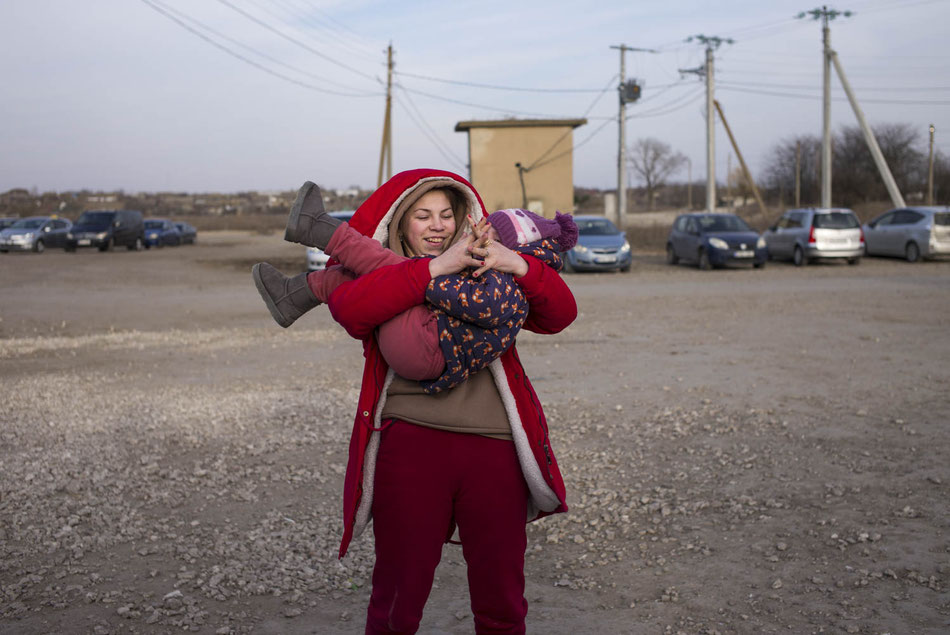
Children at risk while fleeing the Russian invasion of Ukraine
Moldova
In the chaos of war, millions of families walk into the unknown. For children and women, every step is a fragile passage toward safety.
Palanca — The Journey Across Borders
With the invasion of Ukraine, millions fled the advancing Russian army. Men largely remained behind to defend the country, while women, children, and the elderly crossed borders in search of
safety.
Poland received the largest number of refugees, aided by the pre-existing Ukrainian community after the 2014 conflict. In the south, near Odessa, the passage of Palanca became a critical crossing into Moldova, with the Transnistrian region acting as a proxy for the Russian regime.
The flow of refugees depended on the shifting danger of cities and roads. Cars and buses often displayed signs marking the transport of children (deti) in hope of protection. Those on foot faced long walks before reaching improvised centres on the outskirts of Moldovan villages. Yet, even here, displaced people encountered risks — overcharged rides, scams, and disorientation for those with no network in Western Europe.
Despite Moldova’s limited resources, solidarity is immense. Villagers open their homes and community centres, churches provide shelter, young volunteers assist tirelessly, and the government has created central hubs in Chisinau to coordinate aid.
Still, among the millions, the most vulnerable remain exposed. Children are often left unwatched, and families face the constant threat of exploitation or abuse. In moments of uncertainty, the fragility of life is sharply visible — yet so is the quiet courage of those navigating a path toward safety.
© simply human / email me

























